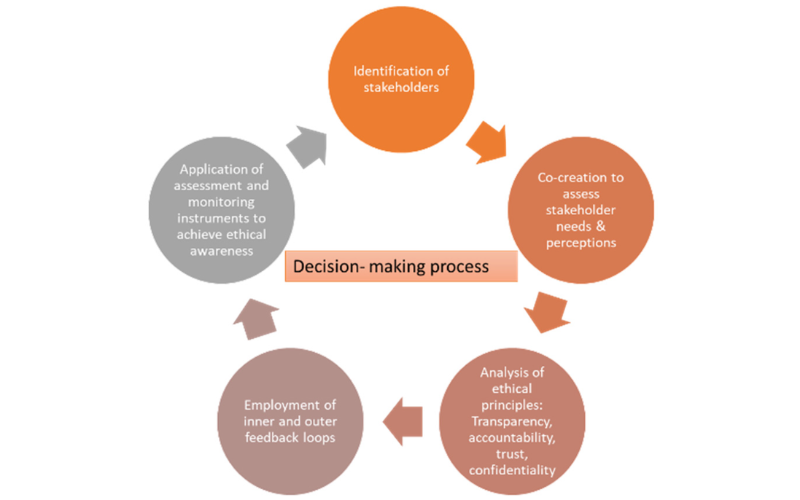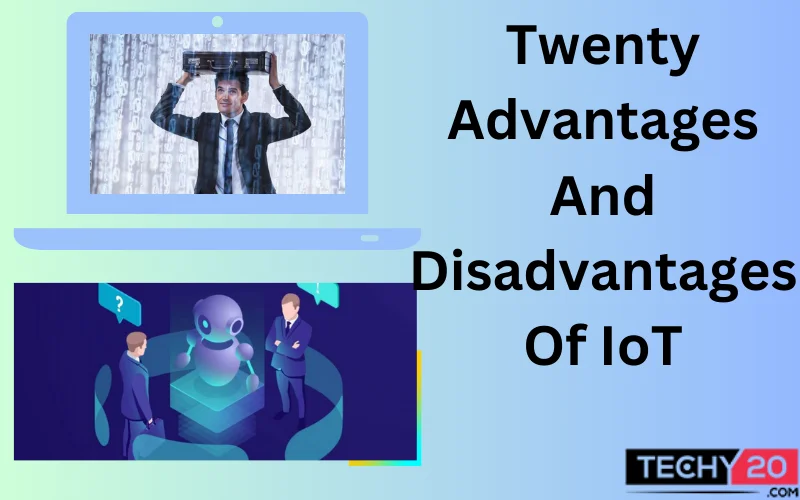“Internet of Things” is simplified to IoT. It is a web of physical devices, gadgets, machines, cars, and homes geared up with sensors, software, and other technology permitting gathering and exchanging data online. They collect records to be tested and streamline and automate numerous services and tactics, increasing their effectiveness and performance. It continues increasing and reworking the interplay with the sector around us, growing the supply of high-speed internet, cheap sensors, and cloud computing. Here are some advantages and downsides of IoT:
1. Efficiency And Automation
The Internet of Things (IoT) substantially improves efficiency and automation across several industries. By connecting physical devices to the internet, IoT permits physical gadgets to communicate and collaborate, lowering human intervention. This automation streamlines processes, making them faster and more specific.
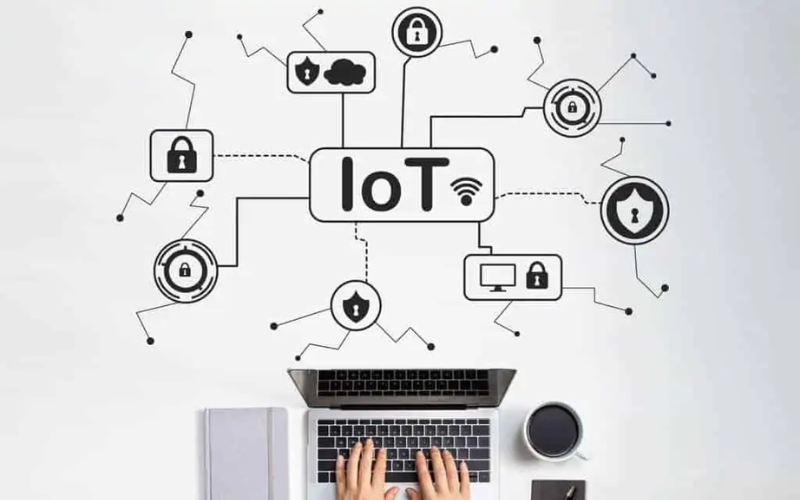
2. Cost Savings
IoT optimises operations, and resource usage translates into great cost savings for firms. By automating actions and lowering manpower, companies can reduce operational costs. In logistics and supply chain control, IoT-based route optimisation can lessen fuel prices and vehicle wear and tear.
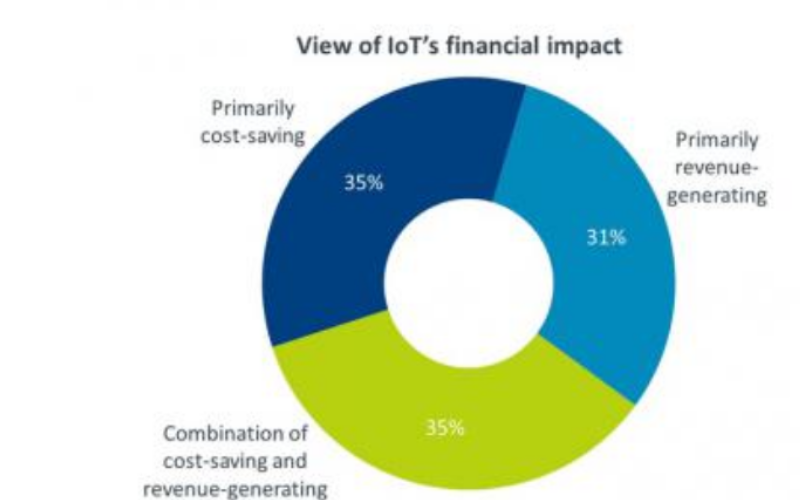
3. Improved Decision-Making
IoT analytics tools can process significant amounts of information quickly, permitting corporations to respond swiftly to changing situations. This information can supply inventory control decisions, staffing levels, and advertising and marketing techniques. Data-driven decisions beautify the shopping experience and drive revenue with the aid of leveraging IoT-generated insights.

4. Enhanced Safety
IoT contributes to safety processes in several domains. In manufacturing sector, sensors can monitor workspace condition and device for potential safety hazards. If a risky situation is detected, automatic signals can be sent, and device can be shut down, preventing accidents.

5. Remote Monitoring And Control
Remote monitoring and control capabilities are used for dealing with assets and infrastructure in remote or challenging environments. IoT devices are accessed and controlled from everywhere with an internet connection. In the oil and gas industry, IoT sensors on offshore drilling platforms can transmit real-time data on device performance and safety conditions to far-flung control centres. Operators can remotely modify drilling operations and respond to emergencies swiftly, even from miles away.

6. Predictive Maintenance
Predictive protection monitors the condition and performance of machines, equipment, and devices by IoT-enabled sensors in real time. By gathering and analysing records from these sensors, it can predict that maintenance is required earlier than a breakdown takes place. It reduces downtime and prevents equipment failures, saving firms substantial costs related to repairs and lost productivity.
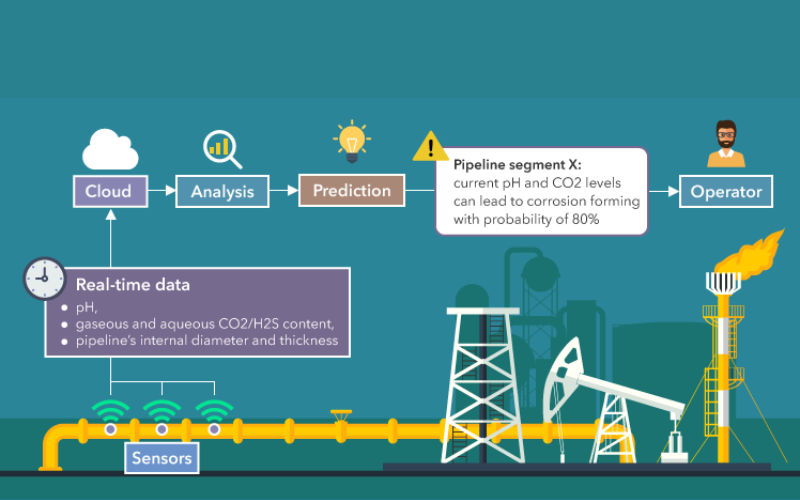
7. Improved Customer Experience
IoT technology has revolutionised the way firms engage with clients, leading to an enhanced customer experience. It helps proactive customer service when an IoT-connected device detects a malfunction, it automatically generates a carrier request or triggers a notification to the customer service team. These devices gather valuable insights into customer behaviour and options.
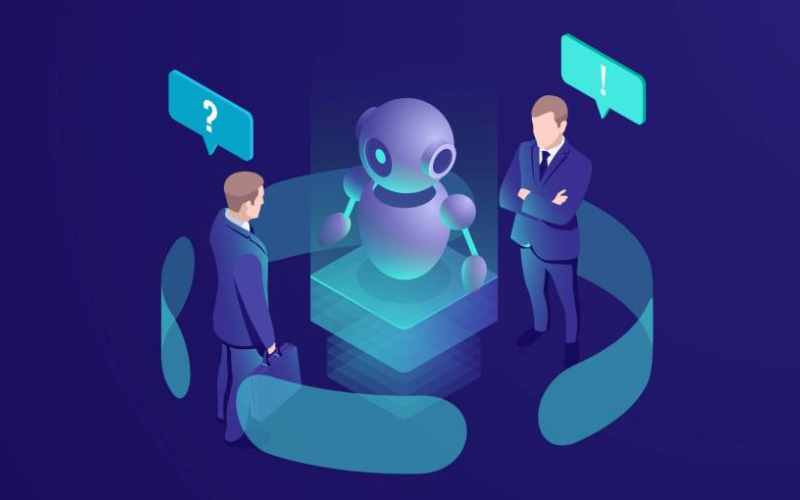
8. Energy Efficiency
Energy efficiency is a vital element of IoT applications. IoT sensors and devices can check energy consumption in real-time to find regions wherein power is wasted or inefficiently utilised. By analysing this data, electricity-saving measures are implemented to lessen operational costs.

9. Environmental Benefits
By supporting energy efficiency, waste minimisation, and sustainable practices, IoT contributes to a greener world. Sensor systems in water bodies and urban areas gather information on air, water quality, and temperature, aiding scientists and environmentalists in making informed decisions about resource management and pollution control.

10. New Business Models
IoT is not just about improving existing processes; it also opens up new business models and revenue streams. One such model is “servitization” in which firms shift from promoting merchandise to supplying services based on IoT data. Instead of selling commercial devices, a manufacturer might provide equipment-as-a-service, in which clients pay based on usage and performance data. This technique creates a recurring revenue stream and strengthens client relationships.
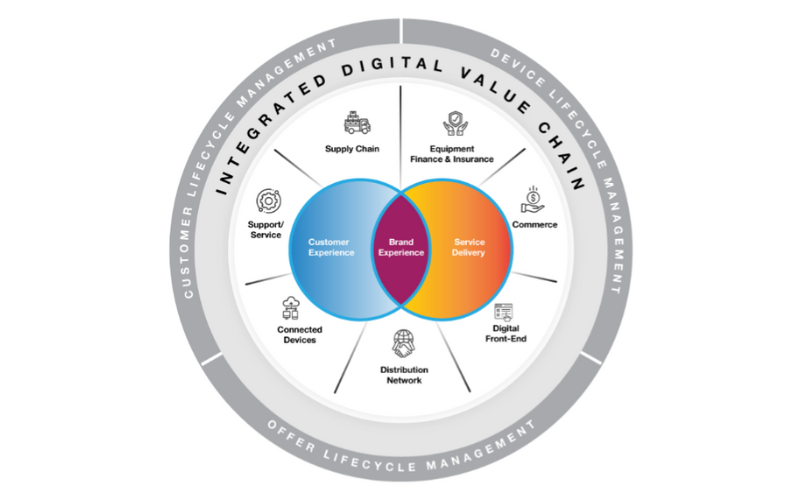
11. Security Concerns
Security is one of the most significant challenges wherein IoT devices are susceptible to various cyber threats, including hacking, malware, and data breaches. These devices have limited computational resources, making them liable to attacks. Transmitting sensitive information between devices and the cloud without proper encryption can divulge data to interception.
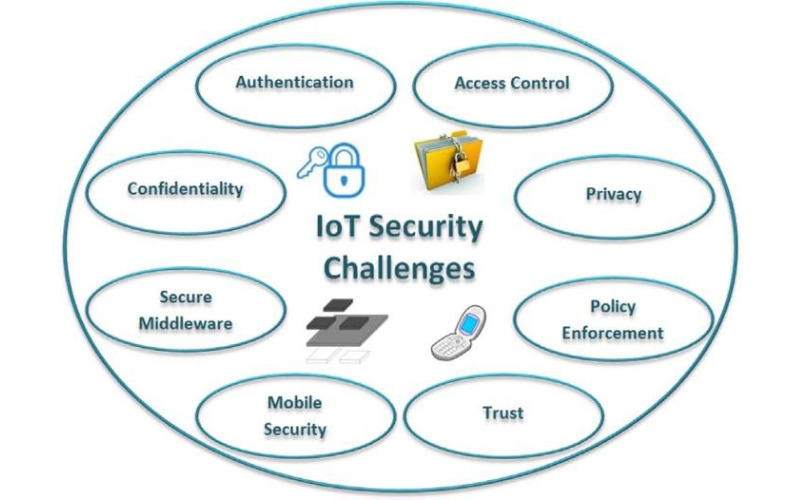
12. Privacy Issues
Privacy concerns are a prominent disadvantage where IoT equipment, like smart home appliances and wearable devices, continuously collect information on consumers’ behaviours, preferences, and activities. This information contains sensitive data like location, health data, and personal routines.
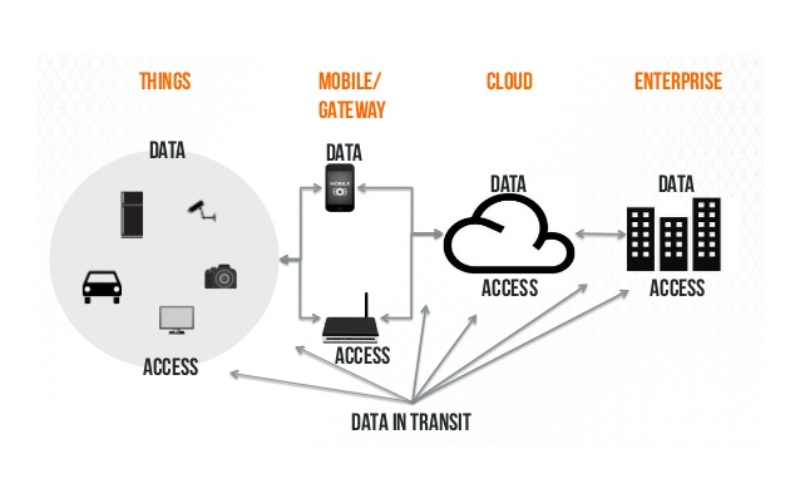
13. Complexity
IoT encompasses several devices, each with its specific hardware, software, and communication protocols. As IoT deployments develop, coping with and scaling the infrastructure becomes increasingly hard. Ensuring that networks, databases, and analytics platforms can cope with the volume of information generated is critical.

14. Interoperability Challenges
Interoperability is the ability of different IoT devices and systems to communicate and work together seamlessly. They use several communication protocols and standards. Few IoT ecosystems are proprietary-designed to integrate devices from several vendors.

15. Scalability
As the number of IoT devices grows, the data volume they generate increases exponentially. It demands data storage, processing, and analytics infrastructure. Scalable IoT deployments put stress on communication networks. Ensuring that networks can handle the increased traffic and maintain low latency is crucial.

16. IT Infrastructure And Resources
Building and maintaining IoT systems requires significant resources, including hardware, software, skilled personnel, and ongoing maintenance. Smaller organisations or resource-constrained regions may struggle to invest adequately in IoT. It relies on robust, high-speed networks to transmit data between devices and centralised systems. Deploying such networks can be costly, especially in remote or underserved areas.

17. Reliability
IoT devices can fail or malfunction due to several reasons, like hardware defects, software bugs, or environmental factors. A single device failure disrupts an entire IoT system. Interference, network outages, or signal degradation can disrupt communication between devices and data centres, which affects real-time data transmission and device control. Errors in data collection or transmission can lead to inaccurate insights and decision-making.

18. Data Overload
Storing massive datasets generated by IoT devices can strain existing data storage infrastructure. Traditional databases may struggle to handle IoT data volumes efficiently. Analysing and extracting meaningful insights from vast datasets in real-time can be computationally intensive. Transmitting large volumes of data over networks can lead to congestion and increased latency.

19. Regulatory Compliance
IoT deployments require adhering to a complex web of regulations and standards, depending on the industry and geographical region. IoT deployments within several sectors must align with sector-specific compliance standards. IoT data collection and processing must comply with privacy laws.
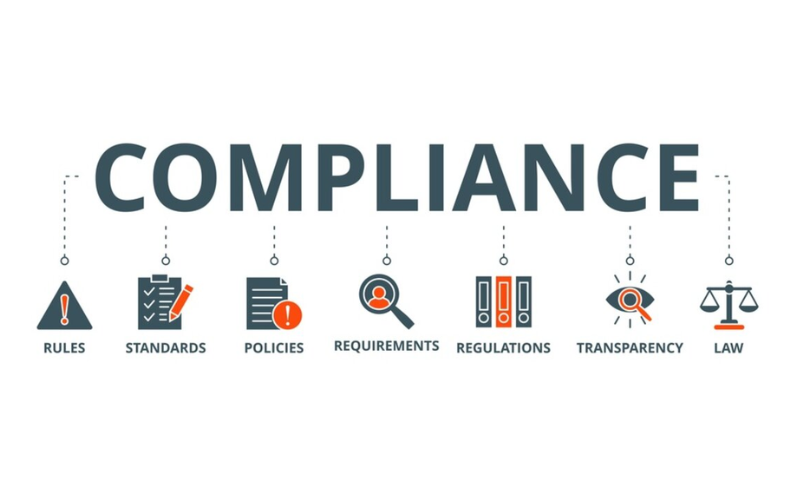
20. Ethical Dilemmas
Continuous data gathering by IoT devices can interfere with users’ privacy. IoT systems use ML algorithms that can inadvertently perpetuate bias in training data, leading to unfair or discriminatory results. As IoT automation increases, it could result in job displacement in some industries, raising ethical questions on workforce transition and socioeconomic impact.
